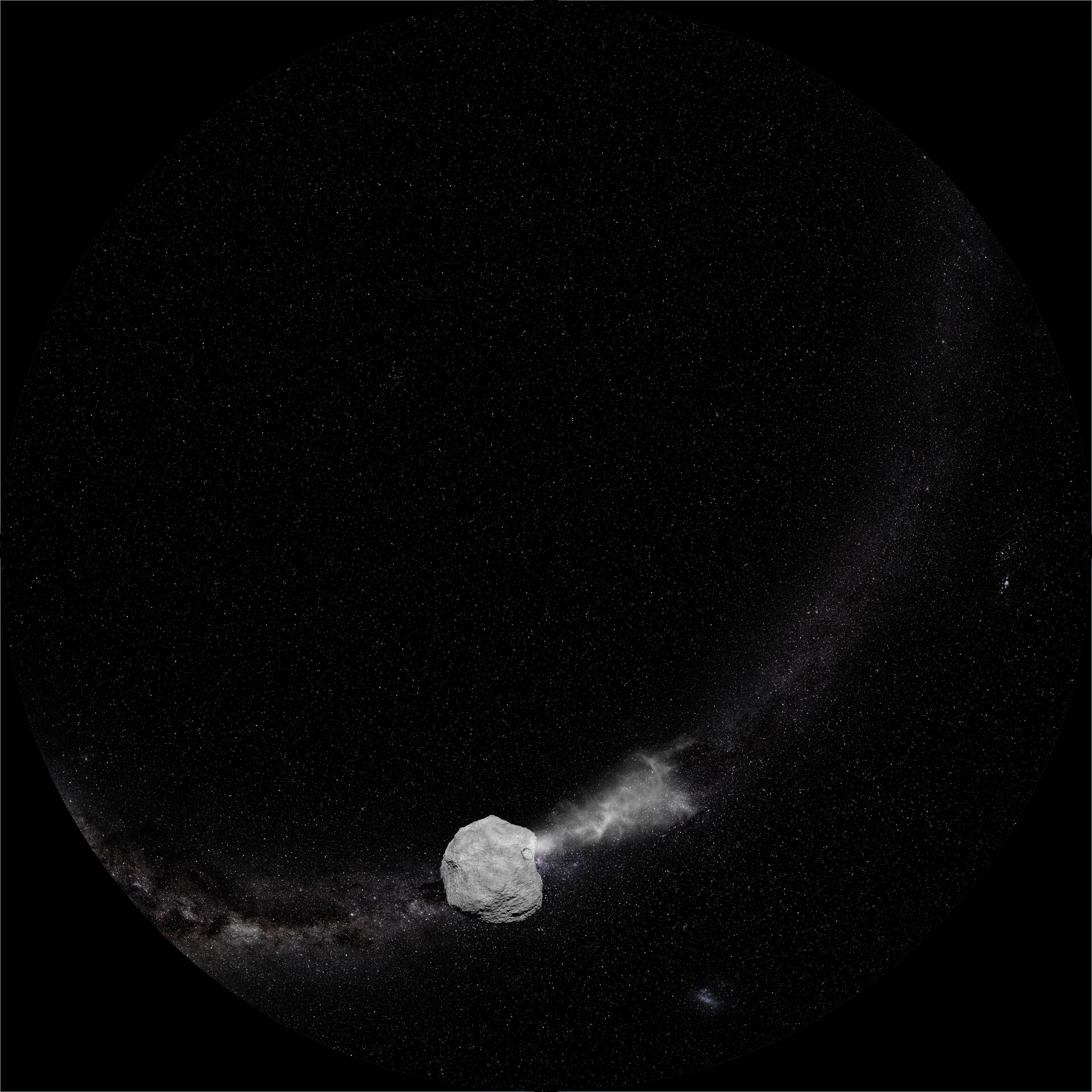AIM goes worldwide
A full-dome version of a previously released animation on the Asteroid Impact Mission has been created by Science Office for ESA. This video has especially been made to be launched on June 30, 2016, in all planetariums all over the world in honour of Asteroid Day.
Asteroid Day is an annual global movement to increase public awareness of potential asteroid impacts with Earth, and the importance of guarding against them. It was co-founded in 2015 by Brian May, astrophysicist and lead guitarist for the rock band Queen, Apollo astronaut Rusty Schweickart, and German filmmaker Grig Richters.
The Day is held on 30 June each year to mark Earth’s largest asteroid impact in recorded history, the Siberia Tunguska event.
All video and audio files can be downloaded from here.
Please note that this is a full-dome video and can only be played as such. Also, both video files and audio files are needed.
Description of the video:
The Asteroid Impact Mission (AIM) is a candidate mission currently undergoing preliminary design work.
Launched in October 2020, AIM would travel to a binary asteroid system – the paired Didymos asteroids, which will come a comparatively close 11 million km to Earth in 2022. The 800 m-diameter main body is orbited by a 170 m moon, informally called ‘Didymoon’.
This smaller body is AIM’s focus: the spacecraft would perform high-resolution visual, thermal and radar mapping of the moon to build detailed maps of its surface and interior structure.
The main AIM spacecraft is planned to carry at least three smaller spacecraft – the Mascot-2 asteroid lander, being provided by DLR (Mascot-1 is already flying on JAXA’s Hayabusa-2), as well as two or more CubeSats. AIM would test optical communications and inter-satellite links in deep space, essential technology for future exploration.
If approved, AIM would also be Europe’s contribution to the larger Asteroid Impact & Deflection Assessment mission: AIDA. In late 2022, the NASA-led part of AIDA will arrive: the Double Asteroid Redirection Test, or DART, probe will approach the binary system – then crash straight into the asteroid moon at about 6 km/s.
AIM is intended to be watching closely as DART hits Didymoon. In the aftermath, it will perform detailed before-and-after comparisons on the structure of the body itself, as well as its orbit, to characterise DART’s kinetic impact and its consequences.



